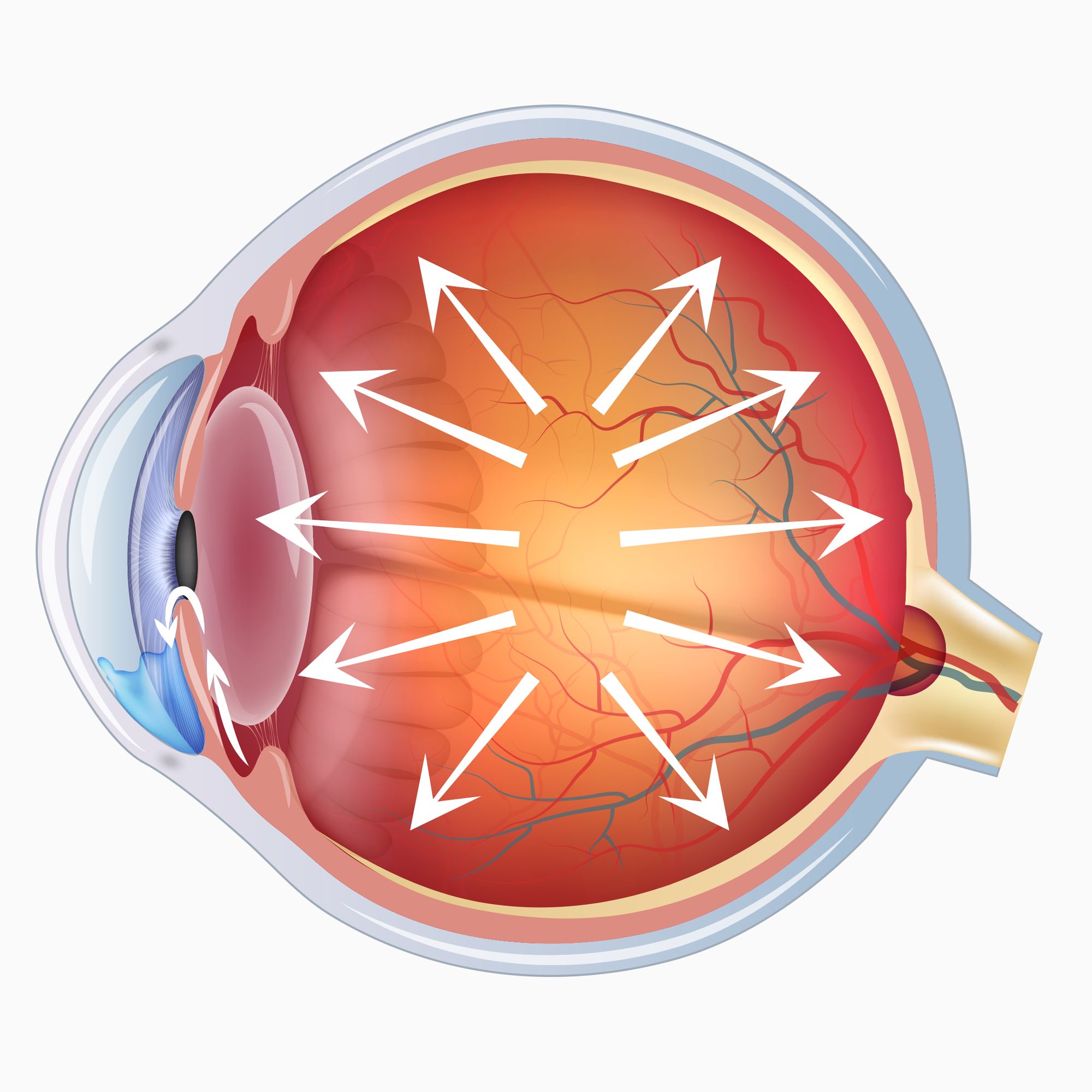 Eye diseases can affect anyone, at any time. These diseases impact the health and function of the eyes and often lead to impaired vision. One of the leading causes of blindness in individuals aged 60 and above is glaucoma. Glaucoma is a condition that increases ocular pressure and leads to optic nerve damage, which results in impaired vision or complete vision loss. Glaucoma is a devastating disease without a cure. However, with early intervention, patients can control this disease, and prevent vision loss from glaucoma.
Eye diseases can affect anyone, at any time. These diseases impact the health and function of the eyes and often lead to impaired vision. One of the leading causes of blindness in individuals aged 60 and above is glaucoma. Glaucoma is a condition that increases ocular pressure and leads to optic nerve damage, which results in impaired vision or complete vision loss. Glaucoma is a devastating disease without a cure. However, with early intervention, patients can control this disease, and prevent vision loss from glaucoma.
To ensure that glaucoma is diagnosed and treated in its early stages, it is important for patients to schedule routine eye exams. This is especially important for patients who are at an increased risk of developing glaucoma. Dr. Raul Peña teaches patients about glaucoma risk factors, and offers screenings at our two locations, in McAllen and Harlingen, that allow this condition to be detected before the eyes are irreversibly damaged.
Who Is at Risk for Glaucoma?
Anyone is susceptible to developing glaucoma. However, there are certain factors that have been shown to increase the risk of this disease. Some of the people most likely to develop glaucoma include those with the following risk factors:
- People who are over the age of 40 (the risk increases even further when a person reaches their 60s)
- Those with a family history of glaucoma
- Individuals who are of African or Hispanic heritage
- Patients with other health problems or diseases, such as diabetes, high blood pressure, heart disease, or a history of migraines
- People who have high ocular pressure
- Individuals who are nearsighted or farsighted
- Those who have had an eye injury in the past
- People with especially thin corneas
When a patient falls into more than one of the abovementioned categories, the risk of glaucoma increases even further. It is important to be aware of these risk factors so those who are most susceptible to the disease can take the actions necessary to ensure glaucoma is diagnosed and treated early on.
Early Diagnosis of Glaucoma
In its early stages, glaucoma is unlikely to produce any visible side effects, which is why it is so important to know if you are at risk of glaucoma. Patients who have factors that are known to increase the risk of glaucoma must be especially vigilant about undergoing routine eye exams.
Typically, we recommend that patients with healthy eyes undergo a routine eye exam once every two years. However, patients at risk for glaucoma should schedule these exams at least once a year. A complete eye exam is the only way to accurately diagnose glaucoma. During an eye exam to screen for glaucoma, Dr. Peña will do the following:
- Measure eye pressure
- Inspect the eye’s drainage angle
- Take a picture of the optic nerve and inspect for damage
- Test peripheral vision
- Measure the thickness of the cornea
As soon as glaucoma is diagnosed, Dr. Peña will begin patient treatment so that vision loss can be avoided.
Schedule an Appointment
If you have concerns about the health or function of your eyes, Peña Eye Institute can help. Schedule an appointment at your earliest convenience to discuss your concerns and learn more about the comprehensive range of eye care services offered at our laser vision practice.

